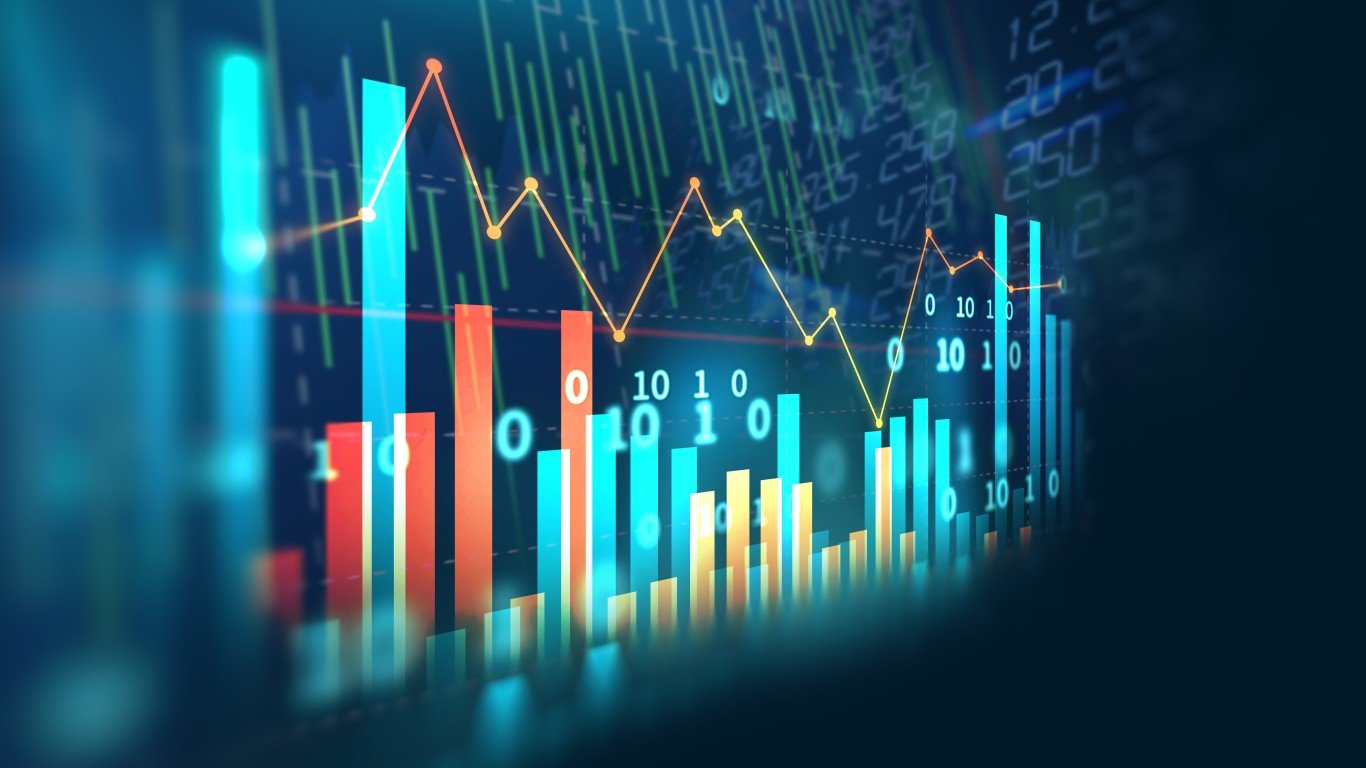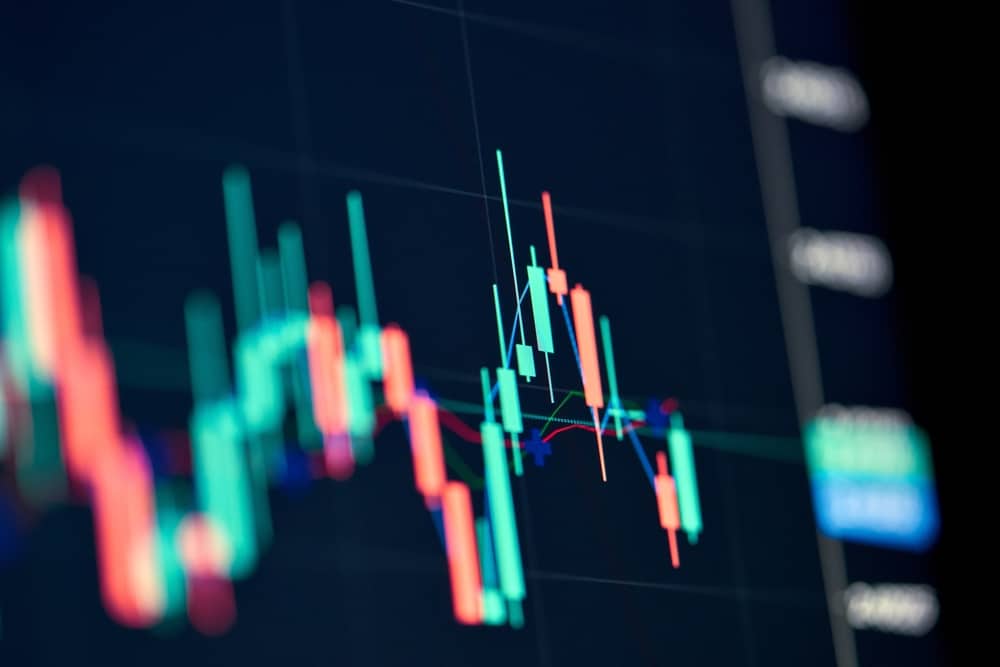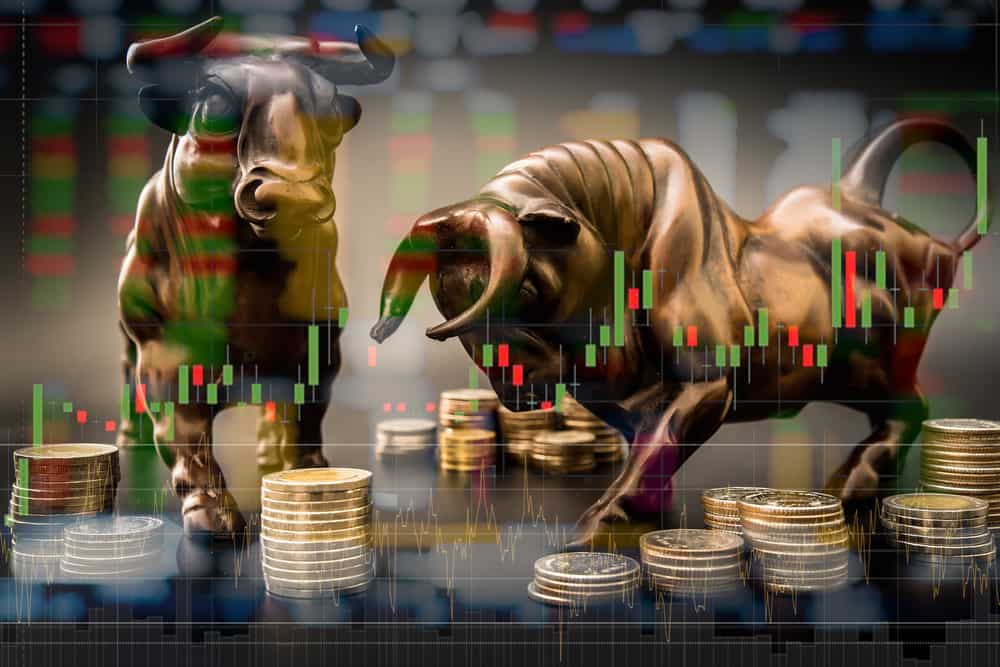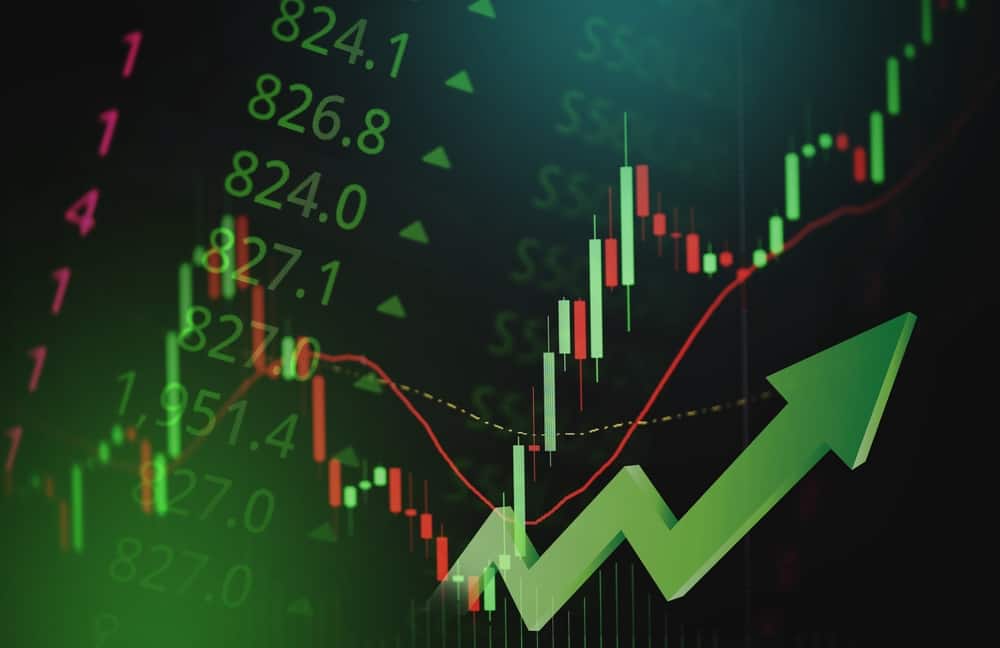

While 2030 may seem distant, it’s only a few short years away for investors. The potential trajectory of the stock market is always a bit up in the air. No one would need articles like this if anyone could accurately predict stock market prices.
However, there are still plenty of expert opinions to consider when determining whether now is a good time to invest in the stock market. We’ll explore historical trends, expert insights, and emerging technologies that may determine whether or not stock market prices will increase or decrease.
Of course, the future is rarely a straight line. Predictions are just our best guesses, and guesses are rarely 100% correct. Use your own judgment when investing, and never invest money that you can’t afford to lose.
Stock Market’s Performance Last Decade

The stock market is always a bit of a wild ride. It goes up and down. Even when it is a “good time to invest,” that doesn’t mean that the stock market will always go up. Those who invest most successfully tend to be those who hold through staggering drops, as you never know when the stock market will rebound.
Overall, all three major US indices, S&P 500 (NYSE: SPY), Dow Jones Industrial Average (NYSE: DJI), and Nasdaq Composite (NASDAQ: IXIC), have exceeded initial expectations with significant growth.
In fact, the S&P 500 has delivered remarkable returns of 163% in the last decade, which translates to about 10.2% per year. The Dow Jones lagged slightly behind with a 131% gain, which is around 8.7% annualized.
The tech-heavy NASDAQ saw a much higher return at 265%, which is to be expected!
Major US Index Performance (2014 – 2023)
| Index | Starting Value | Ending Value | Total Return | Annualized Return |
| S&P 500 | 2,051.14 | 5,380.11 | 163% | 10.2% |
| Dow Jones Industrial Average | 16,540.06 | 40,005.89 | 131% | 8.7% |
| Nasdaq Composite | 4,130.80 | 14.990.42 | 264% | 13.8% |
Of course, the return was not steady. The market did enjoy a steady climb from 2014 to 2017 for the most part. This steady upward trajectory was fueled by a steady economy. However, there was some volatility in 2018, when the market dropped several percent.
However, the market continued to climb in 2019 and into 2020. Of course, in March 2020, COVID-19 came onto the scene, prompting dramatic drops across the whole market. The S&P 500 plummeted over 30% in a month.
That said, the market also saw unprecedented recovery in late 2020 and 2023, so the drop was short-lived. Today, the market has surpassed pre-pandemic levels and is growing in most areas.
Certain sectors do see growth differently, though:
- Technology: Tech stocks, led by FAANG companies (Facebook (NASDAQ: META), Apple (NASDAQ: AAPL), Amazon (NASDAQ: AMZN), Netflix (NASDAQ: NFLX), Google (NASDAQ: GOOGL)), were major drivers of growth, benefiting from increased digital adoption during the pandemic.
- Energy: This sector was very volatile due to fluctuating oil prices. However, some renewable energy stocks did see a sizable increase.
- Financials: Banks saw some struggle due to the lower interest rates. However, as rates rose, so did bank stocks.
- Healthcare: This sector saw some of the biggest growth and remained surprisingly strong throughout 2020.
While the past decade does look very positive, future performance is still hard to predict. There are tons of factors involved, such as geopolitical, economic, and unforeseen events (just look back to COVID-19). However, past trends are often a good indicator of future performance – though not always.
3 Key Drivers of the Stock Market’s Performance Through 2030

While predicting the stock market is challenging, there are some key trends and potential drivers that can help us paint a broad picture. Of course, black swan events can always happen, which may make some of these factors no longer important.
1. Global Economic Landscape
Generally, the global economy goes up. Often, corporations are profitable overall, leading to an increase in the stock market in general. Some companies may fail, of course, but the large companies that drive the stock market generally don’t.
Continued expansion is expected, especially in emerging markets. Market gains will probably be led by a handful of stocks.
Conversely, corrections are still expected, especially if growth slows or stagnates.
A big thing to watch is global stability. Trade tensions, international conflicts, and political instability tend to create market volatility. Large (or even small) conflicts can have a surprisingly large impact on the stock market. Relative peace and trade agreements tend to foster a favorable environment for the stock market to grow, though.
As always, expect some global disruptions due to technology. Just like AI shook things up in 2023, there will likely be several more shakeups that are impossible to predict. New investment opportunities will likely become available, while older companies may be displaced.
Adaptability is always a good strategy when investing.
2. Monetary Policy
The current monetary policy has a direct impact on the stock market. The policies of the Federal Reserve regarding interest rates are especially important and should play a role in your investing decisions. Low interest rates tend to see growth in certain sectors, while high interest rates slow growth overall.
Managing inflation will probably be a big factor in growth over the next decade. Keeping inflation low is important to maintain purchasing power and encourage investors. If inflation remains high, the stock market may see stagnation as buying power decreases.
Central banks must strike a delicate balance between supporting economic growth and preventing runaway inflation.
There are also large, new classes of alternative investments, such as digital assets and cryptocurrency. These will continue influencing traditional stock markets and may attract investment away from equities.
However, regulation of these alternative markets is likely (and has already begun, in some cases). This may have a rebound effect on the stock market as more investors return to traditional stocks.
3. Consumer Trends
Consumer trends have a huge effect on the stock market. Before 2030, the US is expecting to see an aging population. This shift could affect sectors like healthcare and retirement, but it may also present challenges for the workforce and economic growth.
The age of most countries is increasing, as well. This problem is one the world faces – not just the United States.
Changes in consumer spending are also possible, but these are hard to predict. Emerging markets may create new avenues for consumers to spend money, and that may lead to a decrease in other spending.
Stock Market Price Prediction in 2030: Bull, Bear & Base

We predict that the major indices will potentially increase by 50% to 100% by 2030. Of course, unforeseen events will have an effect on this. The bull and bear predictions are also outside of this range, as you will see below.
Let’s take a look at the bull, bear, and base predictions for the stock market as a whole:
Bull Case for Stock Market Prices
The bull case assumes that practically everything goes according to plan. Of course, that is unlikely to happen, so it’s important to remain conservative. That said, here are some factors that would need to line up for a bullish scenario.
- Economic Boom: The stock market tends to follow the economy to some extent. Therefore, in order for the stock prices to surpass our conservative forecasts, there must be a period of robust economic growth. This requires a low unemployment rate and an increase in corporate profits. Other factors, such as technological advancements and geopolitical stability, must also be taken into account, as they play a significant role in stock growth, although they are not the primary drivers of economic growth.
- Market Valuations: If earnings continue to grow, high valuations may push market indices higher. This means that if investors believe that a company is likely to continue making more money in the future, they may be willing to pay more for its shares. As more investors buy shares of that company, its valuation may increase, and this could drive up the overall market index.
- Investor Optimism: If investors remain appetite and believe that long-term growth is likely, the stock market will continue to grow. Of course, figuring out what investors are going to feel in several years is impossible. Many outside factors, like election results and the geopolitical climate, all play a substantial role.
If the worldwide climate remains pretty stable and investors remain optimistic, the stock market may increase by far more than the suggested 100%. However, the odds of everything going perfectly are low. Plus, technological advancements are likely on the horizon, and they always shake things up.
Base Case for the Stock Market Price
The base case assumes moderate growth based on the historical averages of the stock market. Based on historical averages, the GDP typically increases by 3% to 4% each year. Corporate earnings grow at around 5-7% annually for successful businesses. Of course, black swan events can throw these metrics off-center.
In a conservative production, we can expect the S&P 500 Index to be around 7,000 to 8,000 by 2030, based on the compound annual growth rate of around 6-8%. Based on the closing price on February 10, 2024, that’s about double the index’s current value.
Even with moderate growth only, expect some market volatility. It’s normal for occasional pullbacks of 10-20%. Often, these reflect profit-taking or psychological aspects of trading. However, these pullbacks are often not permanent or long-lasting.
Bear Case for the Stock Market Price
The bearish case involves the stock market not growing quite as much as expected. Anything under 50% would be considered a bearish scenario. Of course, there is the possibility of the overall price of stocks to decrease and stay down for several years, but this is far less likely.
Here’s what a bearish case for the stock market may include:
- Economic Recession: A bearish case for the stock market almost definitely includes a global recession. This recession may be triggered by a financial crisis, poor trade relations, and/or global instability. Sharp market declines may be exacerbated by high interest rates and inflation. The International Monetary Fund currently estimates a 25% chance of a global recession in the next two years.
- Bubble Burst: If current valuations are unsustainable, a correction will occur. Sometimes, a crash may occur if the correction is triggered by an unforeseen event. Market psychology plays a huge role in this. It’s more a matter of how bad people think it is rather than how bad it actually is. Overvalued sectors will be affected much more.
- Black Swan Events: Black Swan events are unpredictable. Think of things like COVID-19, natural disasters, and major terrorist attacks. These can greatly impact the market, but they are completely unpredictable.
The market may draw back a bit if one of these events occurs. However, the stock market is pretty adaptable. A single event isn’t going to bring down the whole market unless it is a very big event. The issue mostly is when several events occur.
How the world reacts to these events also matters. Often, market psychology is the biggest factor at play in the market, but it is also the hardest to predict.
Take This Retirement Quiz To Get Matched With A Financial Advisor (Sponsored)
Take the quiz below to get matched with a financial advisor today.
Each advisor has been vetted by SmartAsset and is held to a fiduciary standard to act in your best interests.
Here’s how it works:
1. Answer SmartAsset advisor match quiz
2. Review your pre-screened matches at your leisure. Check out the
advisors’ profiles.
3. Speak with advisors at no cost to you. Have an introductory call on the phone or introduction in person and choose whom to work with in the future
Take the retirement quiz right here.
Thank you for reading! Have some feedback for us?
Contact the 24/7 Wall St. editorial team.



